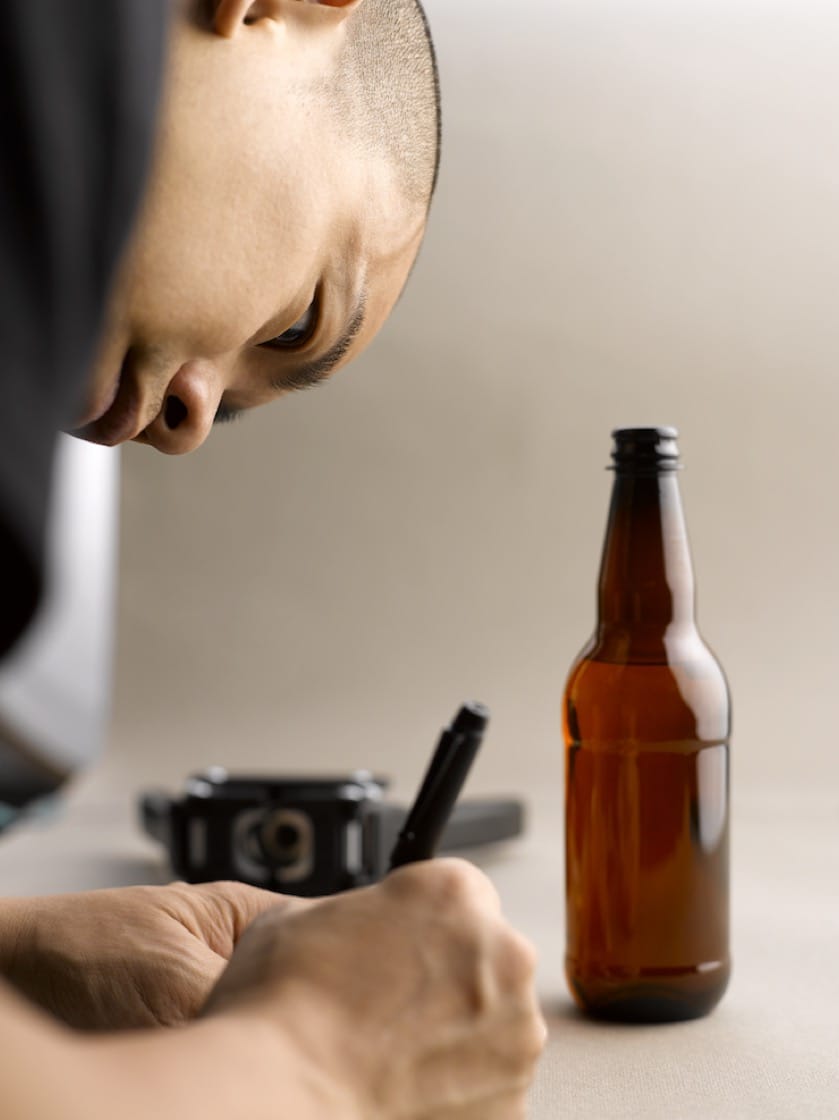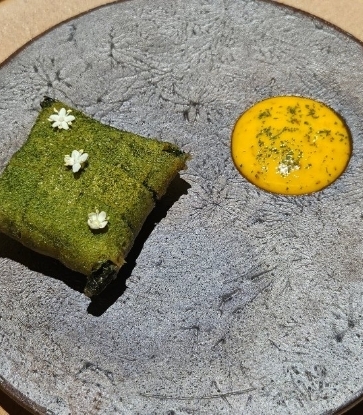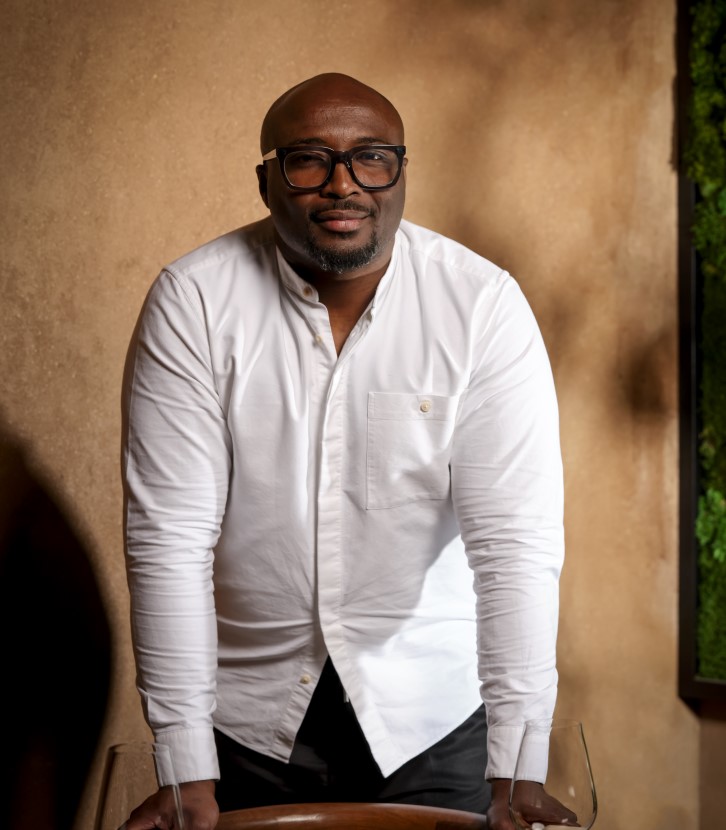The plate arrives bearing a delicate composition of fresh crab, sea urchin and elderflower petals. Next to the pristine dish on the starched white tablecloth, a wine glass is slowly filled with a pale gold liquid. Only, this is not an oak-aged chardonnay or sauvignon blanc; instead, it is a deeply-flavoured juice of fermented granny smith apples, pine needles and charcoal.
This apple juice is just one of 16 fermented varieties that make up the non-alcoholic beverage menu at two Michelin-starred Restaurant Andre along Bukit Pasoh Road. It is also chef-owner Andre Chiang’s answer to the question: what else can I offer a guest who doesn’t drink wine?
To be sure, Chiang is careful to note that juices are not a substitute for wines. “The main difference is there is no alcohol,” he jokes. But while wine-making processes are more established, think of juice fermentation as exploring unchartered waters, where the right elements can lift the flavours and round out an entire dish on its own.
“Every restaurant spends so much effort on details like the décor, the concept, the creation of the dish… But we spend so little effort on the beverages,” says the 41-year-old.

The concept of pairing fine food with juices goes back nearly 10 years ago, when acclaimed chef Rene Redzepi introduced it at his Michelin-starred Noma restaurant in Denmark (the original branch has since closed and will reopen as an urban farm this December at a new location). Other restaurants that have also introduced juice-pairings include Momofuku Seiobo in Sydney, Australia, and two Michelin-starred Atera in New York City.
These are no single-fruit juices straight out of a carton, either. As natural sugars found in fresh juices make it hard to create ideal pairings (the sweetness affects your palate during a meal), Chiang looked towards an age-old process to counter this.
“The purest process of cooking is time, and for me, time is fermentation,” says Chiang. Here, the right conditions are created for naturally occurring organisms to thrive and proliferate, converting sugars into acid.

“It took us almost a year to master it, as the whole process is complicated and very sensitive,” says Chiang. Taking notes of the behaviour of various bacteria on different types of food helped him develop a keen sense of how each ingredient reacts over time, and to achieve some consistency with his juices.
“The same juice you drink today and the week after will never have the same recipe. Different weather conditions can mean the first batch only needs to be fermented for 14 days, while the second batch takes 21 days,” he shares.
Along a narrow corridor of the restaurant, large glass jars topped with white caps hold different juices at various stages of fermentation. Chiang does not control the humidity or temperature of this space, preferring to let nature work its magic, so juices usually take up to 2 or 3 months to develop.
As sugars in the fruits and vegetables are broken down, the juices start to develop a more concentrated flavour. Acidity also starts to kick in, producing a sharper aroma and slight tang.

All three juices are then distilled into a single bottle. As this combination is designed to pair with a beef course, Chiang adds a relatively larger amount of mushroom juice to give it more body. Onion juice imbues it with sweetness, while its crisp aroma of freshly-grated potato skins comes from the fermented spud juice.
“That’s the same golden triangle we want to apply to the juice."




















